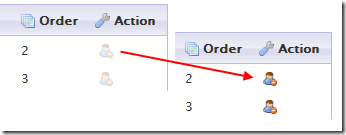Despite my best attempts at procrastination, it had to happen sooner or later. Stephen Reinhardt’s Light theme, the free version of which has served this blog well and faithfully for the last year and something, has finally been decommissioned. Replacing it is a new theme I clobbered together over the last week.
One of the reasons I moved this blog off the old wordpress.com subdomain – the only reason in fact – was to allow me to mess around with it as much as possible. Writing the theme is one such messing, though a number of things got in the way and meant that it took a while longer to get started than originally intended.
This theme will be considered a permanent work in progress. I’d be interested in any comments, complaints or suggestions concerning its usability (or lack thereof), appearance (or hideousness thereof), or anything else which may be handy or simply cool.
With thanks to Emilyn and SZC, whose advice prevented a number of crimes against aesthetics and partly offset my inability to work with colour schemes more complex than black and white.

